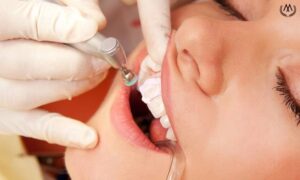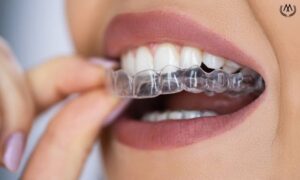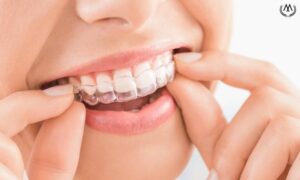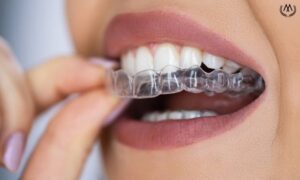Using dental floss is a crucial part of maintaining oral health. When used correctly and regularly, dental floss helps remove plaque and food particles between your teeth. Here’s a step-by-step guide on how to effectively use dental floss:
1. Choose the Right Dental Floss
- Type: Select a floss type that fits comfortably between your teeth. Options include nylon, PTFE (polytetrafluoroethylene), and waxed or unwaxed floss. Choose one that suits your needs and preferences.
2. Cut the Right Length of Floss
- Length: Cut a piece of dental floss about 45 cm (18 inches) long. This length is sufficient to clean between each tooth and gives you enough length to work comfortably.
3. Wrap Floss Around Your Fingers
- Handling: Wrap each end of the floss around your middle fingers, leaving about 15-20 cm (6-8 inches) of floss between them. Use your thumbs and index fingers to guide and control the floss.
4. Insert Floss Between Teeth
- Technique: Gently insert the floss between your teeth, being careful not to snap it into your gums. Move the floss back and forth to slide it between the teeth and slightly below the gumline.
5. Clean Around Each Tooth
- Action: Curve the floss around each tooth in a C-shape and gently slide it up and down against the tooth surface. Ensure you clean both sides of each tooth, reaching below the gumline. Use a fresh section of floss for each tooth.
6. Dispose of Floss Properly
- After Use: After cleaning between all your teeth, remove and discard the used floss. Avoid reusing the same piece of floss, as it can spread bacteria and reduce effectiveness.
7. Frequency of Use
- Routine: Use dental floss at least once a day, ideally before brushing your teeth. Regular flossing helps maintain gum health and prevents plaque buildup.
Conclusion
When used correctly and consistently, dental floss is an effective tool for maintaining oral health. It helps remove plaque and food particles from between your teeth, reducing the risk of cavities and gum disease. Regular dental checkups and professional cleanings are also important for overall oral health.
By incorporating these steps into your daily routine, you can make flossing a habit and support long-term dental health.









